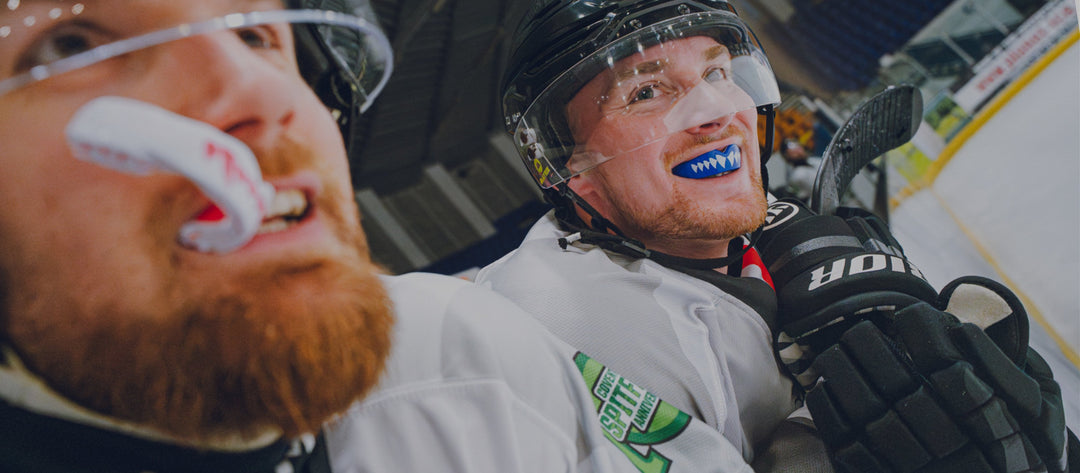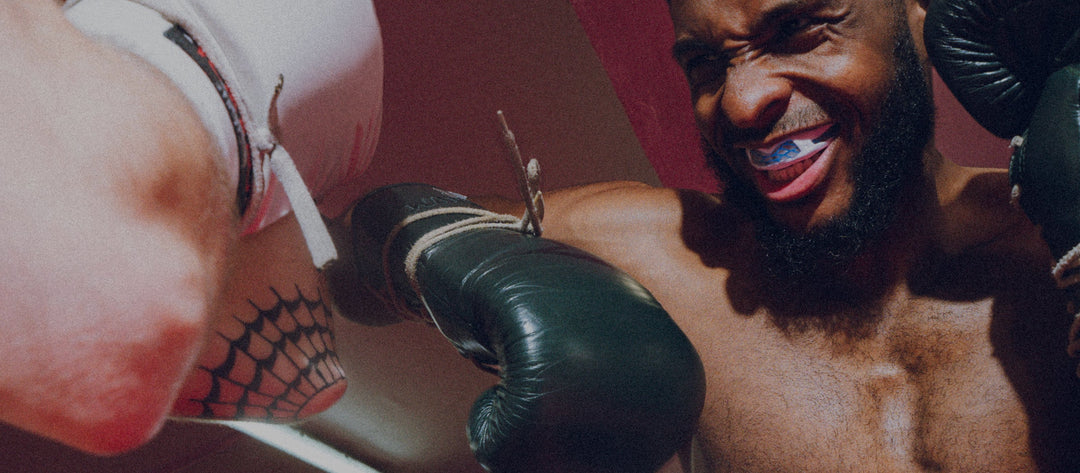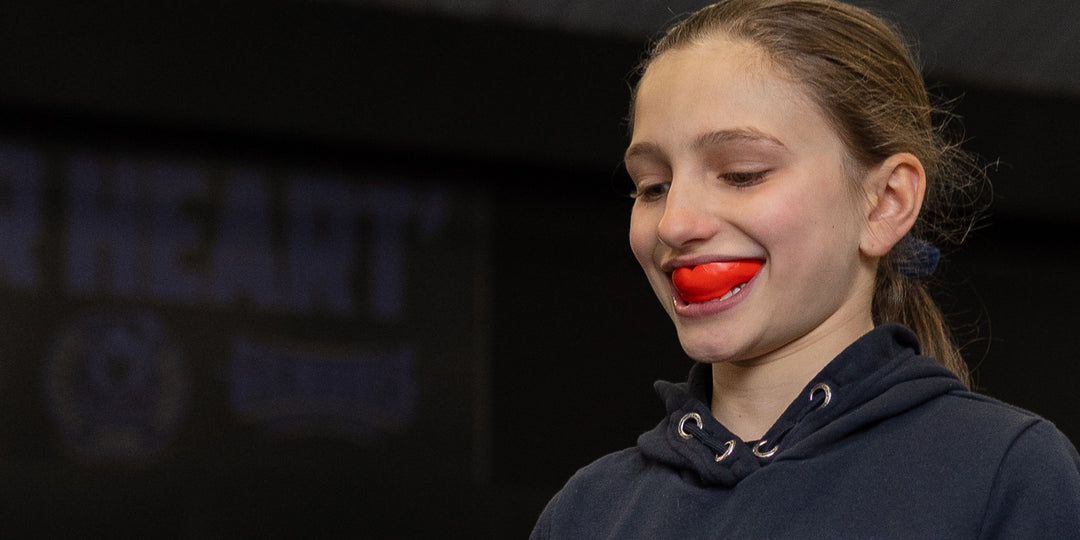Every piece of equipment you need to be a boxer:
When it comes to boxing equipment, there are several essential items that you will need in order to train and compete safely. Here is a comprehensive list of all the equipment you will need/want for boxing:
-
Boxing gloves: These are the most important piece of equipment for any boxer. They protect your hands while also allowing you to strike your opponent. Some of the top brands in the industry include Grant, Reyes, and BoxRaw.
-
Hand wraps: These are worn underneath your gloves to provide extra protection for your hands and wrists. They also help to keep your gloves in place.
-
Headgear: This is worn to protect your head and face from punches and headbutts. Some of the top brands in the industry include Grant, Reyes, and Safejawz.
-
Mouthguard: This is worn to protect your teeth and jaw from punches and headbutts. Some of the top brands in the industry include Safejawz.
-
Jump rope: This is a great way to warm up and improve your footwork.
-
Speed bag: This is a small bag that hangs from a platform and is used to improve your hand speed and coordination.
-
Heavy bag: This is a large bag that is used for power training and to improve your striking technique.
-
Focus pads: These are pads that are worn by a partner during training to help you improve your accuracy and technique.
-
Punching mitts: These are similar to focus pads, but they are smaller and are used to improve your punching speed and accuracy.
-
Punching bag stand: This is used to support your heavy bag and keep it securely in place during training.
-
Boxing shoes: these shoes are specifically designed for boxing, they provide good traction and support for the feet and ankles.
- Protective cup: This is worn to protect the male boxer's groin area.
It's worth noting that most of these items come in different sizes, materials, and quality levels, so it's important to do some research and find the right equipment that fits your needs and budget. Some of the top brands in the industry are known for producing high-quality and durable equipment, but it's also important to consider your personal preferences and comfort level when making your selections.
How to box safely
Boxing is an exhilarating sport that demands skill, discipline, and courage. But it's important to remember that safety should always be a top priority. Whether you're a beginner or a seasoned enthusiast, learning how to play boxing safely is crucial for your well-being in and out of the ring.
The Foundation of Safety - Proper Gear
Before you step foot in the ring, make sure you have the right gear. Invest in quality equipment such as gloves, hand wraps, and a mouthguard. Properly fitted gloves and hand wraps provide crucial support and protection for your hands and wrists, reducing the risk of injuries. And don't forget to protect your pearly whites with a well-fitted mouthguard – trust me, it's worth it! SAFEJAWZ are renowned for our great fitting self-fit gum shields to protect your teeth and gums.
Warm-Up and Stretching - Limber Up, Champ!
Just like any physical activity, warming up is essential in boxing. Begin with a light jog or jump rope to get your blood flowing and muscles warmed up. Then, focus on stretching major muscle groups to improve flexibility and prevent strains. Remember, a well-warmed body is less prone to injuries, so take those few extra minutes to limber up before you throw those punches.
Technique Matters - Learn from the Pros
Mastering proper boxing technique not only makes you a formidable fighter but also reduces the risk of injury. Enlist the help of a qualified coach or trainer who can teach you the correct form for punches, footwork, and defensive manoeuvres. Learning how to punch with your knuckles aligned, how to pivot your feet, and how to slip and block effectively will not only make you more efficient but also keep you safe inside the ring.
Gradual Progression - Slow and Steady
Wins the Race Rome wasn't built in a day, and neither will your boxing skills. It's important to progress gradually and avoid pushing your limits too quickly. Start with basic drills and techniques, gradually increasing intensity and complexity as you improve. Overexertion and rushing into advanced moves can lead to muscle strains, joint problems, and even burnout. So, take it one step at a time, and your boxing journey will be both safer and more rewarding.
Listen to Your Body - Rest and Recovery
Boxing is physically demanding, and your body needs time to recover. Listen to your body and allow for adequate rest between training sessions. Overtraining can lead to exhaustion, decreased performance, and an increased risk of injuries. Remember, rest and recovery are just as important as training itself, so don't skip those rest days – your body will thank you.
Respect Your Opponent - Sportsmanship Above All
Boxing is a combat sport, but it's crucial to remember that your opponent is not your enemy. Respect and sportsmanship should always prevail. Avoid reckless moves, unnecessary aggression, or strikes aimed below the belt. Your goal is to challenge yourself and improve your skills while keeping yourself and your sparring partner safe. After all, it's called the "sweet science" for a reason.
Stay Hydrated and Fuel Your Body - The Power of Proper Nutrition
Proper hydration and nutrition play a vital role in your boxing performance and overall safety. Drink plenty of water before, during, and after your training sessions to stay hydrated. Fuel your body with a balanced diet rich in lean protein, whole grains, fruits, and vegetables to provide the necessary energy and nutrients. A well-nourished body is better equipped to handle the physical demands of boxing and recover from intense workouts.
Injury Prevention - Stay Ahead of the Game
Injuries can happen in any sport, but there are measures you can take to reduce the risk. Maintain your overall fitness level through cross-training and conditioning exercises. Strengthen your core muscles, work on your balance and agility, and incorporate exercises that target injury-prone areas like the shoulders and knees. Remember, prevention is key, so don't neglect those strengthening exercises!








